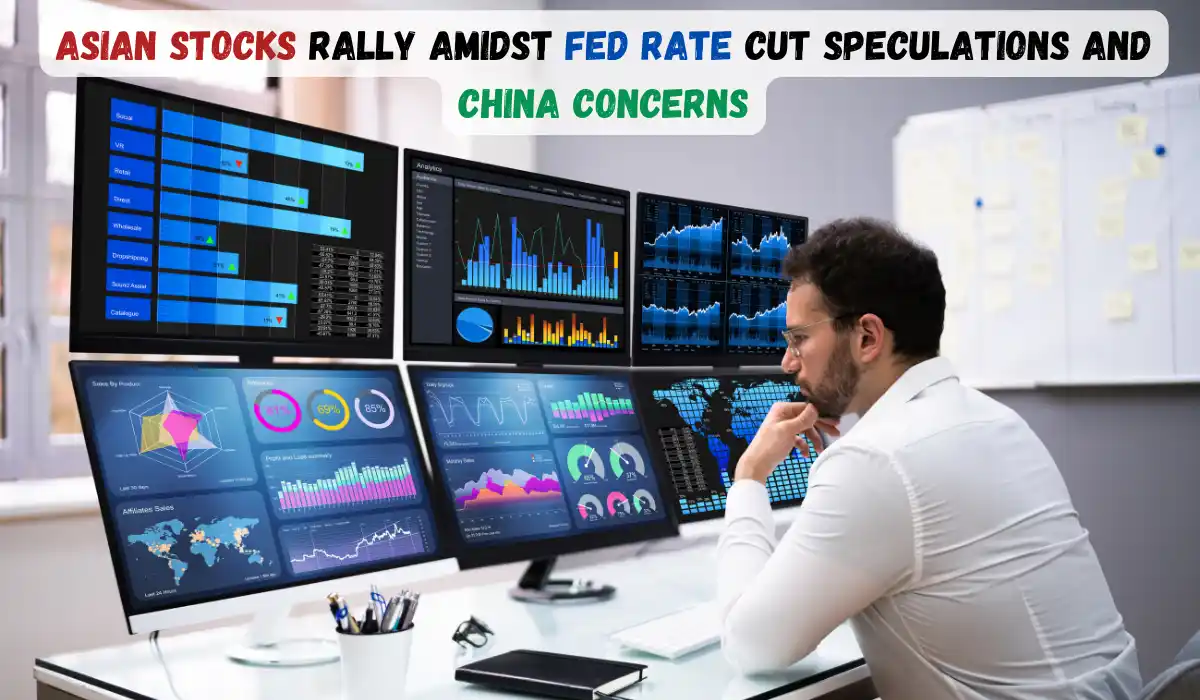
India’s stock market is experiencing an unprecedented surge, but behind the dazzling numbers lies a potentially catastrophic risk. As of August 30, 2024, the market capitalization has soared to a staggering $5.5 trillion, ranking India as the fourth-largest stock market globally. While this growth is impressive, examining whether this surge is built on solid fundamentals or is merely a bubble waiting to burst is essential.
Table of Contents
The Alarming Rise of Market Capitalization
India’s journey to the $5.5 trillion mark has been remarkable. The market added its first $1 trillion between July 2017 and May 2021, a period of 46 months. However, the acceleration in growth is striking: the subsequent trillion was added in just 30 months, and from December 2023 to May 2024, the market cap skyrocketed from $4 trillion to $5 trillion in a mere six months.
This rapid growth raises critical questions. While the numbers reflect optimism in India’s economic future, they also suggest that the market might be inflating too quickly, potentially setting the stage for a significant correction. While a helpful metric, market capitalisation can be misleading if not analyzed alongside other critical indicators such as earnings growth, price-earnings ratios, and the overall health of the underlying economy.
Overvaluation: A Red Flag for Investors
One of the most telling signs that India’s stock market may be overvalued is the current state of the Buffett Indicator—a measure of the total market capitalization relative to the country’s GDP. Historically, India’s Buffett Indicator has averaged around 0.83, but recent data shows it hovering above 1.4, a clear signal that the market is significantly overvalued.
When markets are valued this high, investors must tread carefully. The Buffett Indicator has often been a reliable predictor of market downturns, and its current reading suggests that a correction might be imminent. This overvaluation is further underscored by the behaviour of retail investors, who have flocked to the market in droves, driven by a mix of optimism and, more worryingly, greed.
The Retail Investor Frenzy: A Cause for Concern
The rise of retail investors in India’s stock market is both a blessing and a curse. On the one hand, it reflects a democratization of finance, with more individuals participating in the market than ever before. However, the sheer volume of retail investors who lack the expertise to navigate complex financial markets could contribute to increased volatility.
Consider the recent Initial Public Offering (IPO) of a Delhi-based bike dealer, oversubscribed nearly 400 times. The company sought to raise a modest Rs 12 crore but received bids worth an astonishing Rs 4,800 crore. This vitality is reminiscent of past market bubbles, where retail investors, driven by the fear of missing out, pour money into the market without fully understanding the risks involved.
Institutional Warnings and Market Sentiment
Brokerages and financial institutions have been open about expressing their concerns. Kotak Institutional Equities, for instance, has repeatedly warned about market exuberance, noting that many sectors and stocks are overvalued. In May 2024, Kotak declared that it found little value in the Indian market. By July, it reiterated that valuations were exceptionally high in low-quality companies and large-cap consumption stocks.
Stocks such as Bajaj Auto, TVS Motors, Asian Paints, Havells India, Nestle India, and Varun Beverages were all trading at price-earnings ratios between 30 and 86 times their earnings per share, far above historical averages. Kotak’s assessment was blunt: greed drives the market, which could lead to significant losses if a correction occurs.
Similarly, the Economic Survey 2023-24 highlighted the risks associated with overconfidence in the market. While acknowledging the bright outlook for India’s financial sector, the survey cautioned that high market capitalization relative to GDP is more a harbinger of market instability than a sign of economic resilience.
The Long-Term Growth Story: A Double-Edged Sword
Despite these warnings, there are legitimate reasons to be optimistic about the long-term growth of India’s stock market. Jefferies and the Pantomath Group project that India’s market cap could reach $10 trillion by 2030, driven by strong economic growth, favourable demographics, and a rising base of domestic investors.
However, this growth story has risks. The influx of retail investors and solid institutional flows have pumped up the IPO market, with 76 companies raising Rs 62,000 crore in FY24 alone. While this is a positive development, it also adds to the overall market exuberance, creating conditions where even minor setbacks could lead to significant market corrections.
The Road Ahead: Navigating the Risks
As India’s stock market continues to climb, investors must remain vigilant. The combination of high valuations, increased retail participation, and a booming IPO market creates a volatile environment where sudden shifts in sentiment could lead to sharp declines.
To navigate these risks, investors should focus on diversification and risk management. Avoiding the temptation to chase high-flying stocks and instead investing in a balanced portfolio of equities, bonds, and other assets can help mitigate potential losses.
Moreover, investors should pay close attention to macroeconomic indicators, such as interest rates, inflation, and GDP growth, which could impact market performance. Staying informed and being prepared to adjust investment strategies in response to changing market conditions will be crucial in the months and years ahead.
Conclusion: The Need for Caution in a highly volatile Market
India’s stock market is at a crossroads. While the growth potential is immense, the risks are equally significant. As market capitalization continues to rise, the danger of overvaluation looms large, and the exuberance of retail investors only adds fuel to the fire.
Investors must heed the warnings of experts and approach the market with caution. The current environment is one where fortunes can be made or lost instantly, and the best strategy is to stay nimble and avoid becoming too attached to any particular stock or sector.
As investor Deepak Shenoy aptly said, “You’re all riding a tiger.” The market’s current state is unpredictable, and the best course of action is to be prepared for anything. In this mad market, the key to success will be to remain vigilant, stay informed, and never lose sight of the risks that lie ahead.





